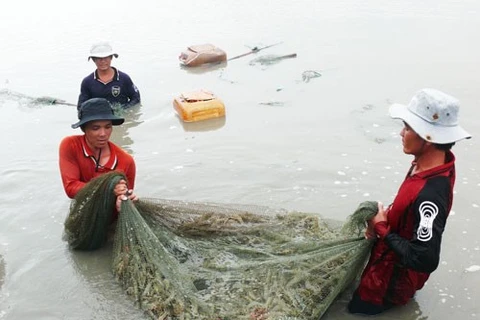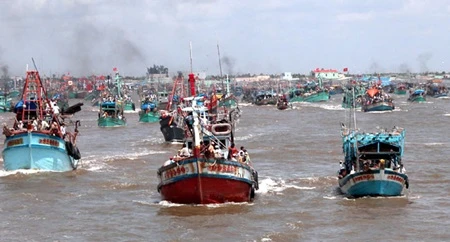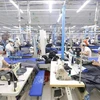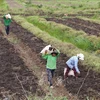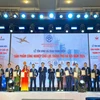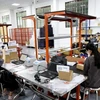Ca Mau (VNA) – The southernmost province of Ca Mau to date has earned roughly one billion USD from exporting its aquatic products, dropping nearly 20 percent from last year.
The Ca Mau Seafood Processing Association (CASEP) earlier predicted that it would be difficult for the sector to match the record 1.3 billion USD of export turnover in 2014 because of the increasing international supply of shrimp this year.
“The export market for shrimp, the main product of Ca Mau, is seeing unpredictable changes, with many competitors,” CASEP Chairman Ngo Van Nga said, adding that trade obstacles such as anti-dumping and anti-subsidy lawsuits or unreasonable technical barriers are on the rise in major markets.
On the domestic playground, businesses also counter rising production cost, lack of capital and raw materials, he said.
Another problem for Ca Mau seafood sector was the rising violations of food safety standards. According to the provincial Department of Industry and Trade (DoIT), as of November 20, nearly 2,640 tonnes of seafood, worth roughly 23.41 million USD were returned home for quality reasons.
Ca Mau DoIT Director Le Van Su said the sector will strengthen its supervision and monitoring of all stages of seafood production to ensure food safety.
The locality will also focus on developing brand names for local shrimp in a bid to enter key markets, including Japan, the US, the European Union.-VNA

